Technical points of potted flowers in winter
When autumn is coming to an end, it is necessary to deal with potted plants so that they will not be affected by freezing in winter. In early winter, potted flowers accumulate nutrition and flower bud differentiation. At this critical moment, the overwintering management of potted flowers is very important. Here are some technical points of winter potted flowers.
The editor recommends: how often is the cactus watered? What are the fengshui functions of cactus? What is the flower language of carnations?
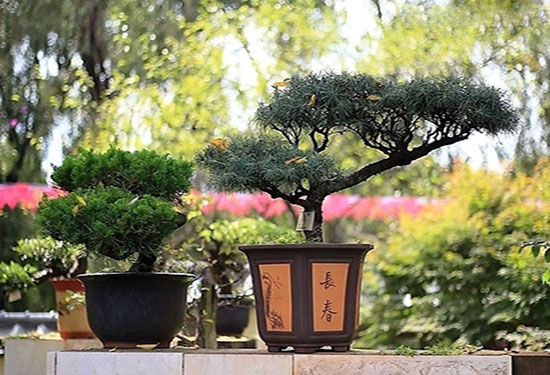
Introduction of winter treatment techniques of potted flowers:
1. The cold protection of flowers is determined according to their growth habits and the demand for temperature. Flowers stop growing in winter.
A, entering the dormant period, such as rose and lotus, should be placed in a space of at least 3 degrees.
B. semi-dormant flowers, such as planning, gardenia and camellia, should have a temperature guarantee of at least 5 ℃.
C, plants that continue to grow without dormancy, such as crabapple and carnation, need to be cultured in greenhouse space above 8-10 degrees.
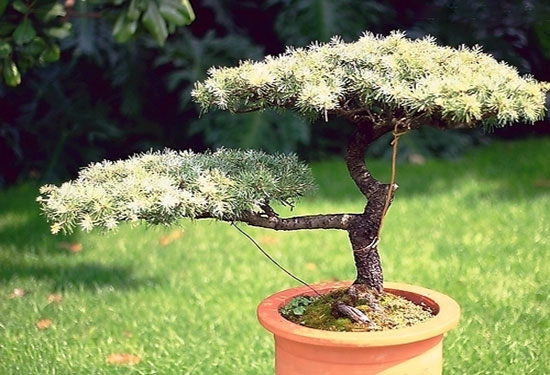
2. Fertilizing plants in winter should not be ignored. If the potted soil is dry and then fertilized, it should be watered in time. In addition, it can be combined with spraying for extra-root topdressing to supplement flower nutrition. The commonly used topdressing is 0.5% urea, 1% calcium superphosphate and 0.3% potassium sulfate.
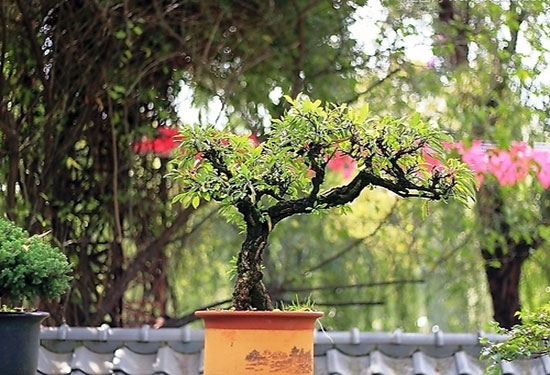
3. In winter, potted flowers should also be sprayed with pesticides. Low temperature diseases and insect pests are relatively reduced, but still few can not be prevented, focusing on the prevention and control of diseases and insect pests such as leaf perforation disease, aphids, red spiders and leaf moths. Generally, you can choose 50% carbendazim 800 times liquid plus 40% dimethoate EC 1500 times liquid, or 50% carbendazim wettable powder 600 times liquid plus 40%, isocarbophos 1000 times liquid and other medicament control.
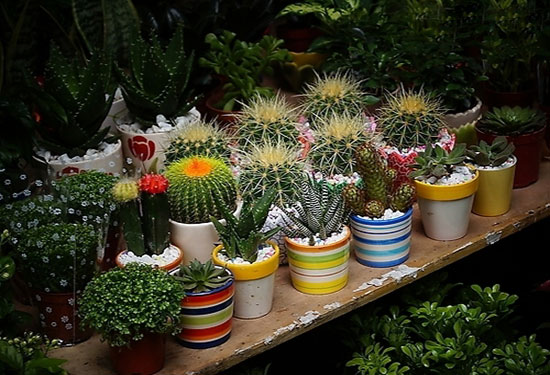
4. Winter plants should also be pruned, pruning flower branches during the dormant period, which can promote multiple sprouting, flowering and fruiting of branches in the coming year; perennial vines and flowers, cutting off dense branches, overlapping branches and disease and insect branches; shrubs with ornamental branches, such as red rosewood, select new shoots close to backbone branches for heavy truncation to make them produce new branches.
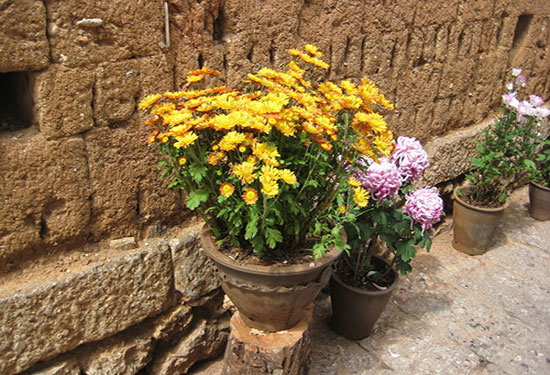
5. Finally, there is the soil problem. The root of the plant sound field needs to breathe, so the soil should be loose, breathable, fertile and well drained.
Related
- Wuhan Hospital Iron Tree Blooming Result Was Instantly Frightened by the Gardener Master
- Which variety of camellia is the most fragrant and best? Which one do you like best?
- What is the small blue coat, the breeding methods and matters needing attention of the succulent plant
- Dormancy time and maintenance management of succulent plants during dormancy
- Minas succulent how to raise, Minas succulent plant pictures
- What are the varieties of winter succulent plants
- How to raise succulent plants in twelve rolls? let's take a look at some experience of breeding twelve rolls.
- Attention should be paid to water control for succulent plants during dormant period (winter and summer)
- Watering experience of twelve rolls of succulent plants
- Techniques for fertilizing succulent plants. An article will let you know how to fertilize succulent plants.



